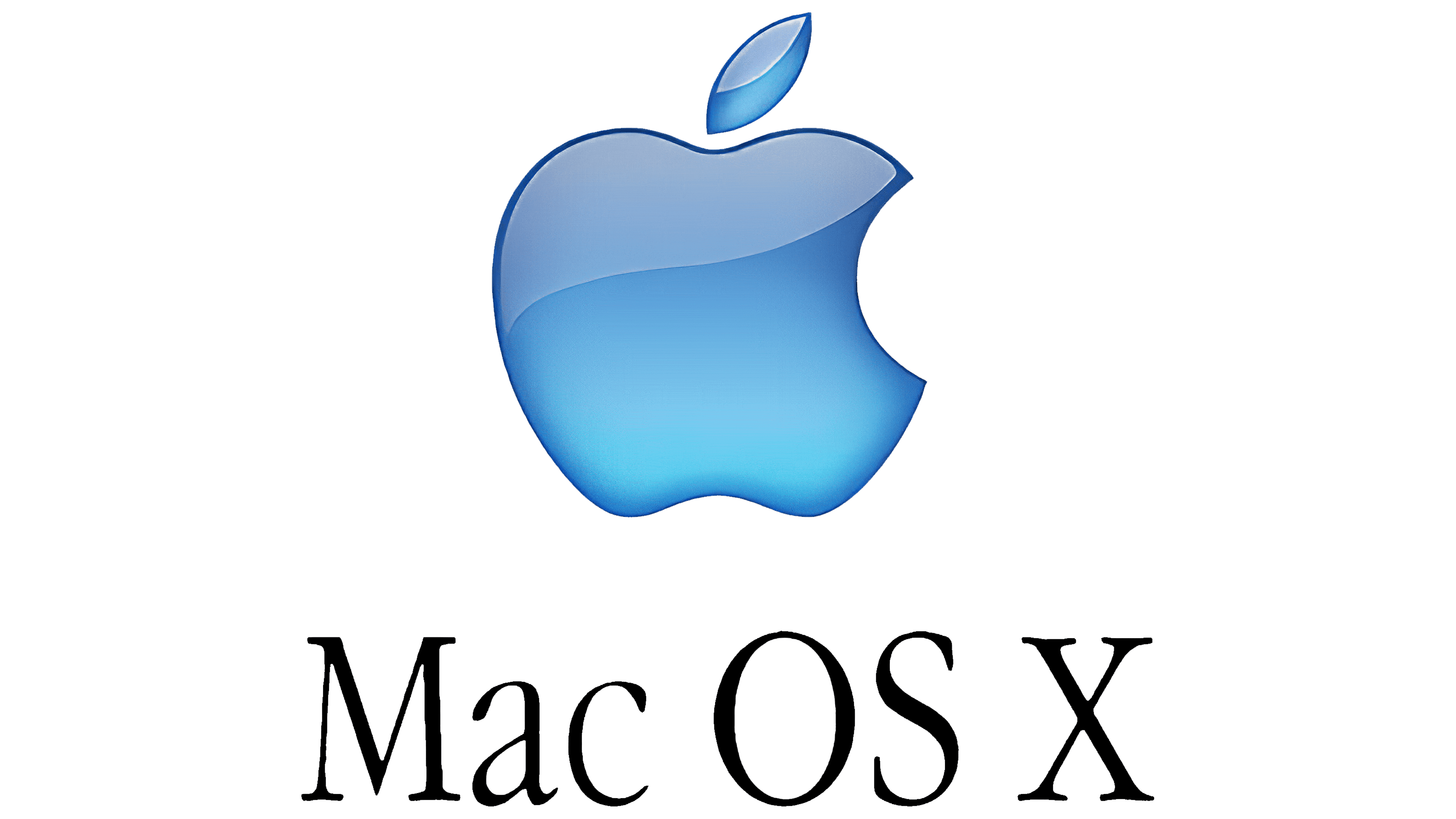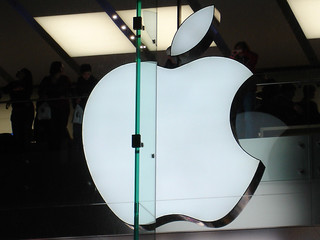In 2016, Apple made a significant shift that sent ripples through the tech world. The company officially renamed its desktop operating system from OS X to macOS, marking a pivotal moment in the evolution of its software ecosystem. This change wasn’t just about rebranding—it was a strategic move to align with Apple’s broader platform naming conventions and to reflect the growing importance of cross-device integration.
For years, Apple had used the name OS X for its desktop operating system, which was first introduced in 2001. The OS X naming convention followed a pattern of using big cat names (e.g., Cheetah, Panther, Tiger) until 2014, when it shifted to California landmarks like Yosemite and El Capitan. However, by 2016, Apple decided to simplify and standardize its branding across all platforms, leading to the introduction of macOS.
This article explores what happened to the Mac platform in 2016, the reasons behind the name change, and how this shift impacted users and developers alike.
Why Did Apple Rename OS X to macOS?
The decision to rename OS X to macOS was driven by several factors:
1. Brand Consistency Across Platforms
Apple has long used distinct naming conventions for its different operating systems. While iOS, watchOS, and tvOS were already branded as such, macOS was the last remaining platform with an outdated name. By adopting “macOS,” Apple created a unified brand identity that reflected its ecosystem of devices.
2. Avoiding Confusion

As Apple expanded its product lineup, especially with the rise of iOS and the introduction of new devices like the Apple Watch, there was a risk of confusion between the various operating systems. The name change helped clarify that macOS was specifically for Mac computers, while iOS was for iPhones and iPads.
3. Emphasizing Cross-Device Integration
With features like Handoff, AirDrop, and Continuity, Apple was increasingly focused on making its devices work seamlessly together. The new name underscored the idea that macOS was part of a larger, interconnected ecosystem.
The Launch of macOS Sierra
The first version of macOS, macOS Sierra (version 10.12), was announced at the 2016 Worldwide Developers Conference (WWDC). While the name change was the most notable aspect, the update also brought several new features and improvements:
Key Features of macOS Sierra
- Siri on Mac: For the first time, Apple’s virtual assistant, Siri, was integrated into the desktop operating system.
- Universal Clipboard: Users could copy content on one Apple device and paste it on another.
- Auto Unlock: With an Apple Watch, users could automatically unlock their Mac without entering a password.
- iCloud Drive Improvements: Enhanced file management and access across devices.
- Apple Pay Support: Users could now make payments directly from their Macs.
These updates reinforced Apple’s commitment to making macOS more intuitive and user-friendly, especially for those already invested in the Apple ecosystem.
How the Name Change Affected Users

While the name change itself didn’t alter the core functionality of the operating system, it did have some practical implications:
1. Learning Curve
For long-time Mac users, the transition from “OS X” to “macOS” required some adjustment. It took time for the community to fully adopt the new name, especially in technical discussions and support forums.
2. Developer Adjustments
Developers had to update their documentation, codebases, and marketing materials to reflect the new branding. This included changing references to “OS X” in app descriptions, developer guides, and even in system logs.
3. Marketing and Branding
From a marketing perspective, the name change allowed Apple to present its desktop operating system as part of a cohesive family of products. This helped reinforce the idea that Apple devices—whether a Mac, iPhone, or Apple Watch—were designed to work together.
The Broader Implications of the Change
The renaming of OS X to macOS was more than just a cosmetic update. It signaled a shift in how Apple approached its software development and branding strategy.
1. A Move Toward Simplicity
By dropping the “X” from the name, Apple simplified its branding. The new name was easier to pronounce, remember, and integrate into marketing campaigns. It also aligned with the naming conventions of other Apple platforms, such as iOS and tvOS.
2. Enhanced Cross-Platform Development
With the name change came a stronger emphasis on cross-platform development. Features like Universal Clipboard and iCloud Drive were designed to work across all Apple devices, reinforcing the idea that macOS was not an isolated operating system but part of a larger network.
3. Future-Proofing the Brand
By updating the name, Apple ensured that its desktop operating system would remain relevant as new technologies emerged. This forward-thinking approach has continued with subsequent versions of macOS, including Big Sur, Monterey, and beyond.
Conclusion: A Strategic Rebranding
The 2016 renaming of OS X to macOS was a bold move that reflected Apple’s evolving vision for its ecosystem. While the change may seem minor at first glance, it had far-reaching implications for users, developers, and the broader tech industry.
Today, macOS is not just an operating system—it’s a symbol of Apple’s commitment to innovation, integration, and user experience. As the company continues to push the boundaries of what a desktop operating system can do, the name “macOS” stands as a testament to its journey from a niche platform to a global leader in computing.
Author Section

Author: Sarah Mitchell
Title/Role: Technology Correspondent
Credentials: With over a decade of experience covering tech trends, Sarah has written extensively on Apple’s product launches, software updates, and industry shifts. Her work has been featured in major publications such as Wired, TechCrunch, and The Verge.
Profile Link: LinkedIn Profile
Trusted Sources
Internal Links
Frequently Asked Questions
Q: What was the old name of macOS?
A: Before 2016, macOS was known as OS X.
Q: When did Apple change the name?
A: The name change occurred in 2016 with the release of macOS Sierra (10.12).
Q: Why did Apple make the change?
A: To create a consistent brand identity across all Apple platforms and to emphasize cross-device integration.
Q: Is macOS different from OS X?
A: No, they are essentially the same operating system. The only difference is the name.
Call to Action
Stay updated with the latest news on Apple and the Mac platform. Explore today’s headlines and discover how Apple continues to shape the future of technology.











More Stories
US Trending News: The History and Legacy of Zoo York in Streetwear Culture
Understanding ‘You Got That Right’ in The New York Times: Context and Implications
How to Claim Your Joy in League of Legends: A Step-by-Step Guide